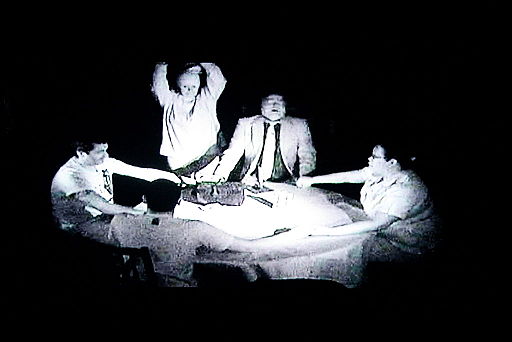My recent post, An Unhappy Medium, spawned an exchange of thoughts with a colleague, Brent Robertson. Since that exchange expanded some of the notions presented in the post, I share excerpts from it here for your reading pleasure:
Brent: I just had this conversation with a friend who was struggling to find a way to differentiate the construction company she is doing business development for because she didn’t have access to the founder’s thoughts. She is grasping at straws trying to “invent” some story. In my experience the reason leadership doesn’t share the “Brand” story is because they don’t have one … they don’t have language to articulate what their company means beyond what they sell or what they make. And without that language, it makes it hard, if not embarrassingly awkward, to discuss. The reason the language doesn’t exist is because it is really impossible for an organization to know how they exist externally without the help of another. It’s like trying to describe the label from inside the bottle.
Mark: The problem with your friend’s having to invent the story is that she’ll likely never get it right — at all, let alone in the minds of the founders. It’s the old “I don’t know what I want, but I’ll know it when [if] I see it” story.
Brent: I find this line of questioning incredibly enlightening for a leadership team to struggle with answers to: Why does our organization matter to the world? Outside of making some things and selling some services, what difference do we make? If we didn’t exist as a company, what would go missing in the world, and would anyone care?
Mark: I boil those questions down to one: Why you? What I mean is why should anyone choose you over anyone else who purports to do what you do? The question spawns threads and sub-questions that get to the heart of the brand matter.
Brent: This inquiry begins to reveal some early form ideas that with the help of a skilled guide can be turned into language that is a reflection of the companies unique DNA. And once articulated in the right forms this language can empower everyone in the organization to carry the message forward. And of course, just telling the story is one thing, living it is quite another.
Mark: I absolutely agree that the brand has to be “owned” by everyone in in every organization, each in his own way. That’s why, at some point during a brand-management engagement, I always ask for the opportunity to speak to the company en masse — to tell the story, to present its rationale, and to explain the ways in which the graphic ID reflects the brand story. When people are given the opportunity to know the story, they take the opportunity to live it.
This exchange won’t solve all the world’s problems. But heeding it will make your brand manager a happier medium.
—
Photograph by Sgerbic, via Wikimedia Commons.

